On the Cairo to Alexandria Desert Highway
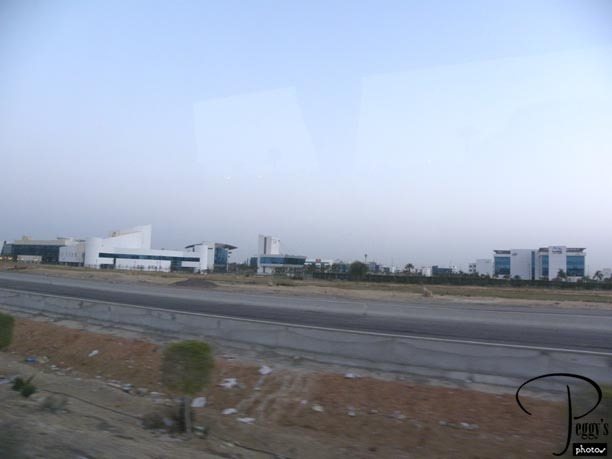
Only 11 of my tour group opted for the extra tour day to go to Alexandria, north of Cairo on the Mediterranean Sea. We left Cairo at 6:30 a.m. on a luxurious small bus: bucket seats, seat belts, and lots of leg room. It is only 140 miles from Cairo to Alexandria on the Cairo to Alexandria Desert Highway but a three–hour trip, including a stop halfway for coffee. There are speed bumps at various places on the highway, slowing traffic down. Not too far out on the highway, we passed this huge tech center––all white and blue modern buildings. On the other side of the highway were modern housing developments for the companies’ managers.

On the Cairo to Alexandria Desert Highway
On the Cairo to Alexandria Desert Highway
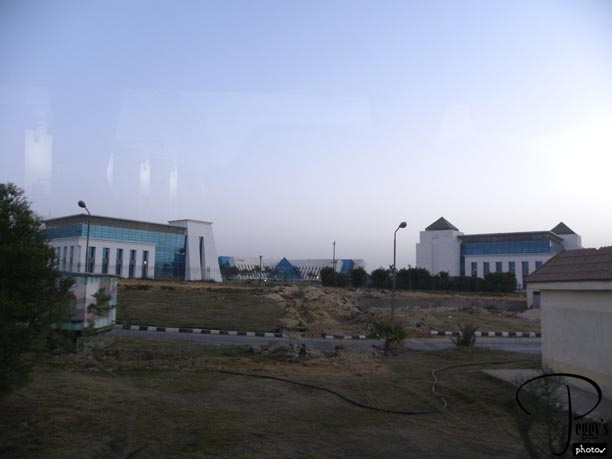
Close–up of the tech center. Some of the companies were of well–known American names. Amro said that its workforce is of Egyptians.

On the Cairo to Alexandria Desert Highway
On the Cairo to Alexandria Desert Highway
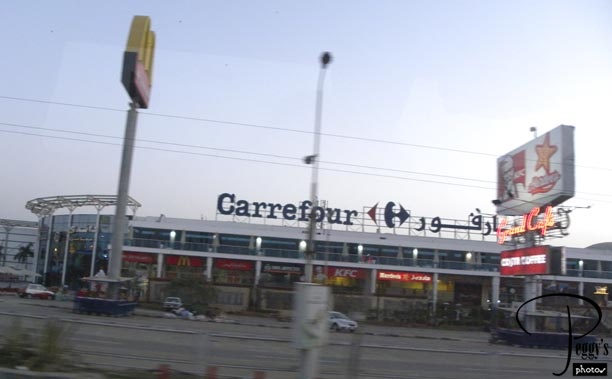
A Carrefour supermarket to serve the tech neighborhood––this is a French company. We saw a Carrefour market in Marrakesh, Morocco. McDonald’s, KFC, and Hardee’s are also here.

On the Cairo to Alexandria Desert Highway
On the Cairo to Alexandria Desert Highway

A mosque.

On the Cairo to Alexandria Desert Highway
On the Cairo to Alexandria Desert Highway
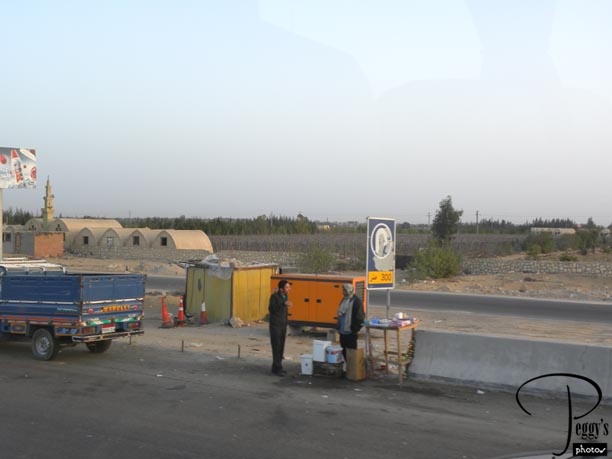
A drink and food stand right on the edge of the highway.

On the Cairo to Alexandria Desert Highway
On the Cairo to Alexandria Desert Highway
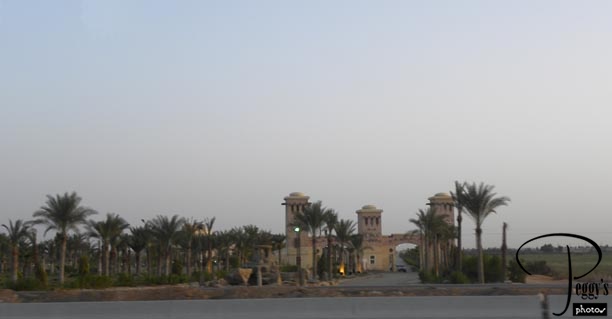
We saw a number of these fancy gates off the highway. I asked Amro if they were spas or resorts––no, they were gates to farms and farmhouses.

On the Cairo to Alexandria Desert Highway
On the Cairo to Alexandria Desert Highway
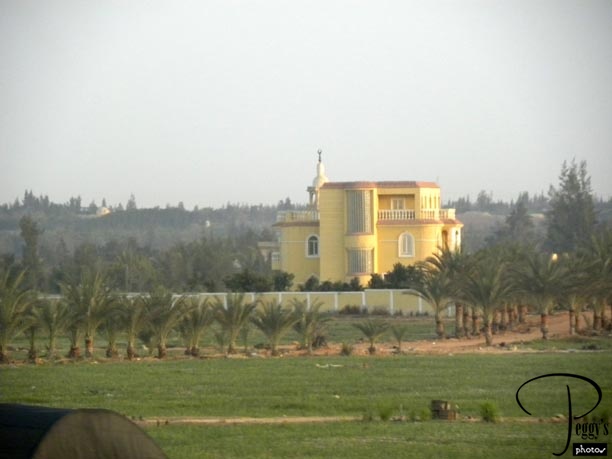
The farmhouse mansion behind the gate.

On the Cairo to Alexandria Desert Highway
On the Cairo to Alexandria Desert Highway
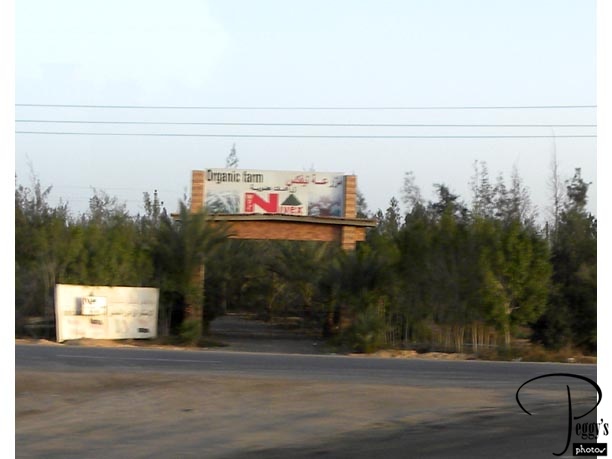
Sign for an organic farm.

On the Cairo to Alexandria Desert Highway
On the Cairo to Alexandria Desert Highway
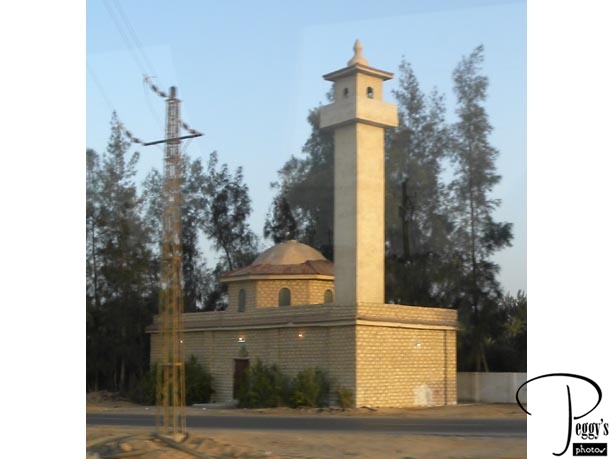
Another mosque.

On the Cairo to Alexandria Desert Highway
On the Cairo to Alexandria Desert Highway
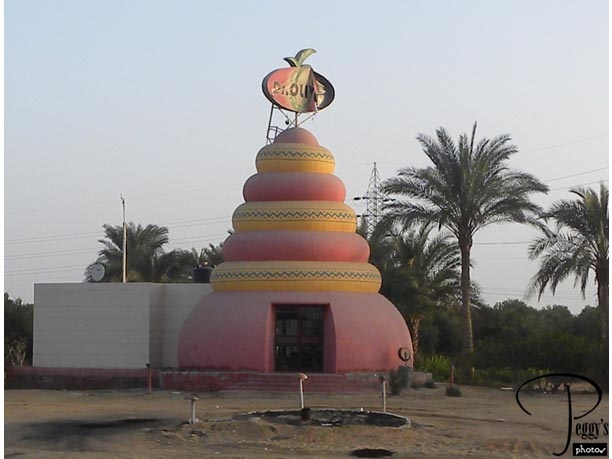
Interesting building. It says “Dr. Ow…” on it. What is after the Ow cannot be seen as the sign is twisted. Dr. Owl? A medical doctor in a fancy office building?

On the Cairo to Alexandria Desert Highway
On the Cairo to Alexandria Desert Highway
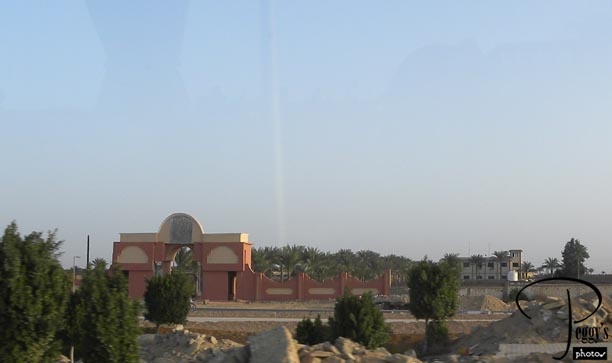
Another gate to a farm and another mansion.

On the Cairo to Alexandria Desert Highway
On the Cairo to Alexandria Desert Highway
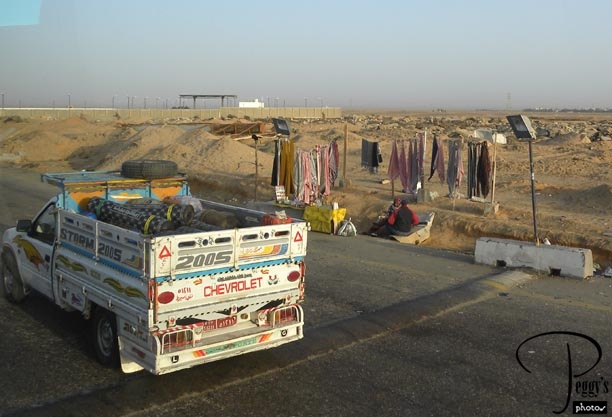
Scarves for sale and I think also drinks. You can see one of the speed bumps in this photo (a good location for a vendor as cars and trucks have to slow down). The oncoming speed bumps are well marked.

On the Cairo to Alexandria Desert Highway
On the Cairo to Alexandria Desert Highway
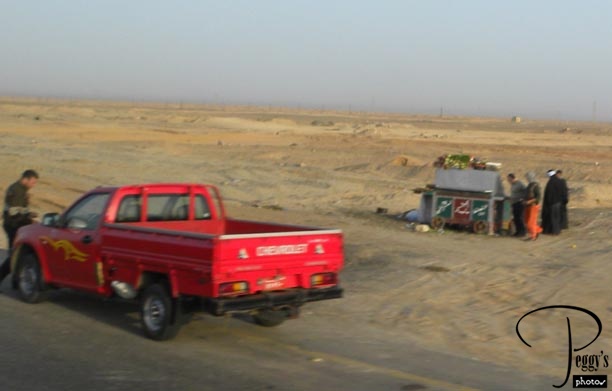
Another highway vendor.

On the Cairo to Alexandria Desert Highway
On the Cairo to Alexandria Desert Highway
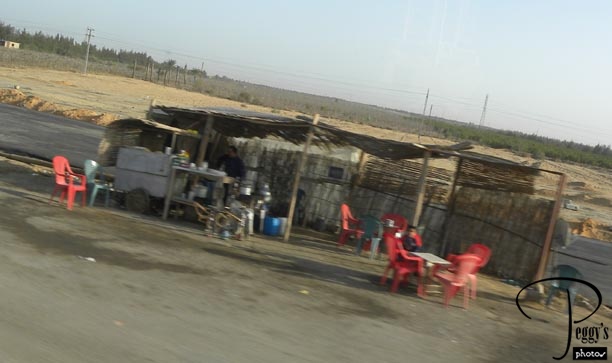
This vendor had chairs out and an area to sit out of the sun if you wanted.

On the Cairo to Alexandria Desert Highway
On the Cairo to Alexandria Desert Highway
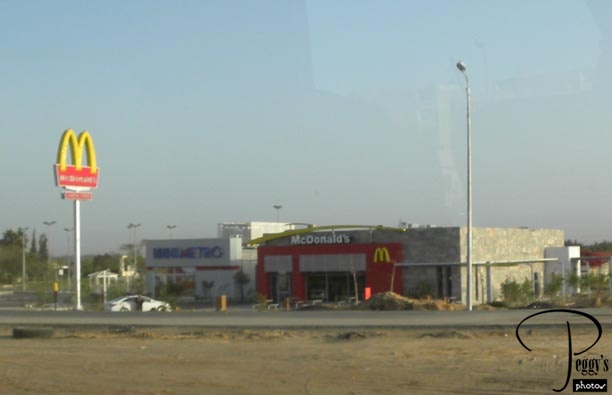
Fast food as we in West know it. We didn’t stop here for our rest stop but at the complex next to it.

On the Cairo to Alexandria Desert Highway
On the Cairo to Alexandria Desert Highway
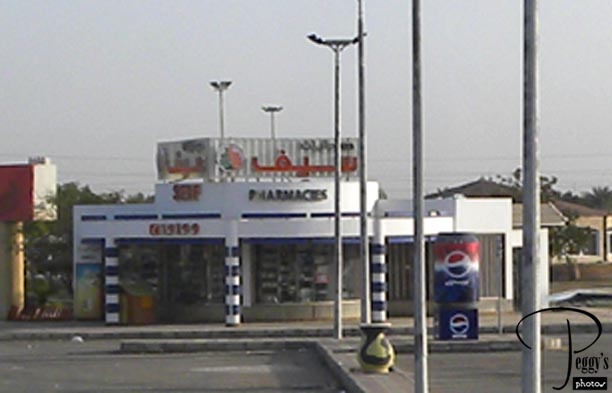
Our rest stop.

On the Cairo to Alexandria Desert Highway
On the Cairo to Alexandria Desert Highway
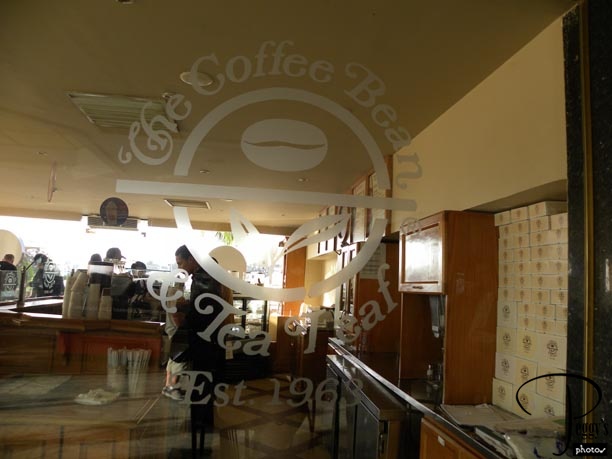
The Coffee Bean & Tea Leaf––a familiar American company. This company has a presence in both Asia and the Middle East. I didn’t get coffee (a cappuccino) here but at an Italian expresso bar also in the complex.

On the Cairo to Alexandria Desert Highway
On the Cairo to Alexandria Desert Highway
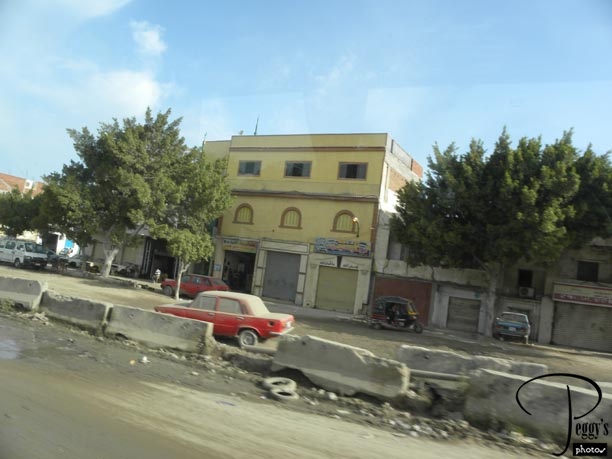
Passing by a town.

On the Cairo to Alexandria Desert Highway
On the Cairo to Alexandria Desert Highway
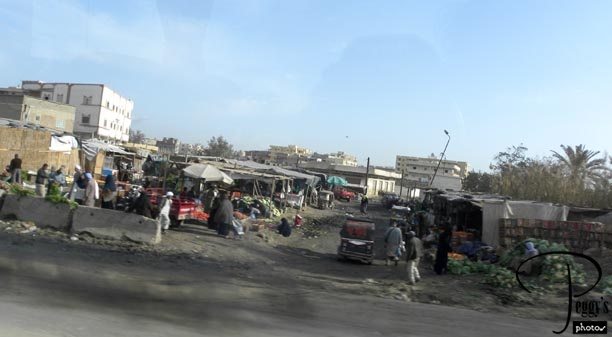
A marketplace.

On the Cairo to Alexandria Desert Highway
On the Cairo to Alexandria Desert Highway
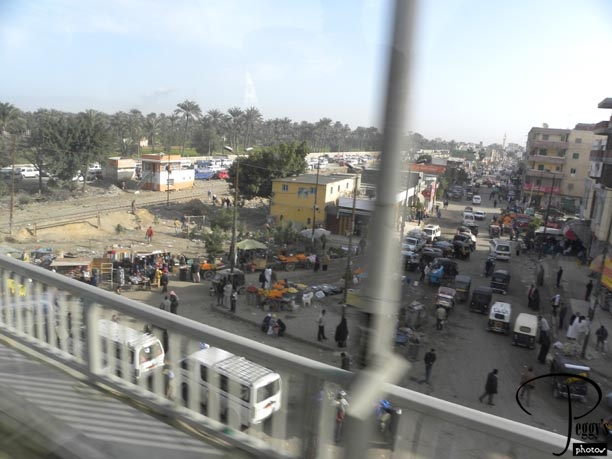
Another marketplace.

On the Cairo to Alexandria Desert Highway
On the Cairo to Alexandria Desert Highway
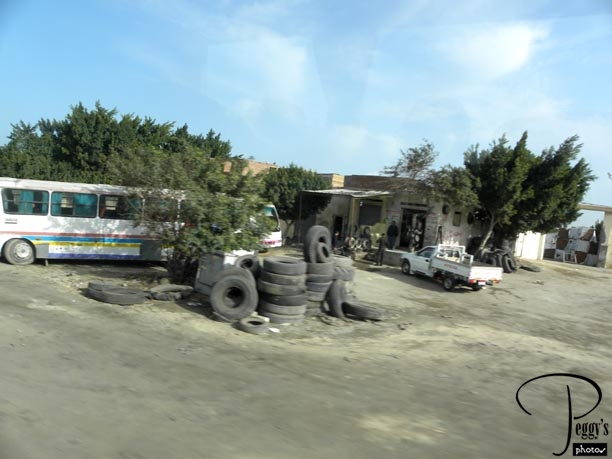
A tire store.

On the Cairo to Alexandria Desert Highway
Coming into Alexandria
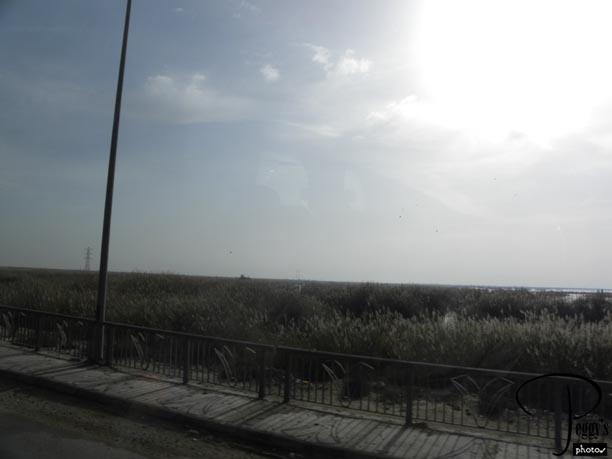
Going through a swampy area. I think Amro told us that the reeds here helped to hide the Christians when they were being persecuted in Alexandria, but I cannot find any reference to this.

Coming into Alexandria
Alexandria
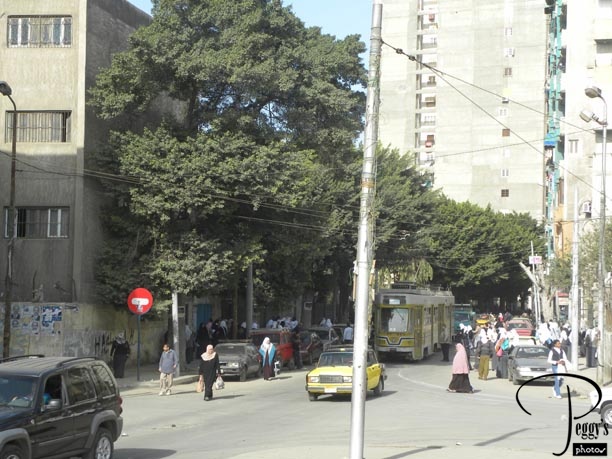
Our first look at Alexandria. Alexandria is the second largest city in Egypt, with a population of 4.1 million. It was founded by Alexander the Great in 332 BC and served as Egypt’s capital for almost 1,000 years before the Muslim conquest of Egypt in 641 AD. Both Cleopatra and Mark Anthony are believed to be buried in Alexandria, but their tombs have not yet been found.

Alexandria
Alexandria
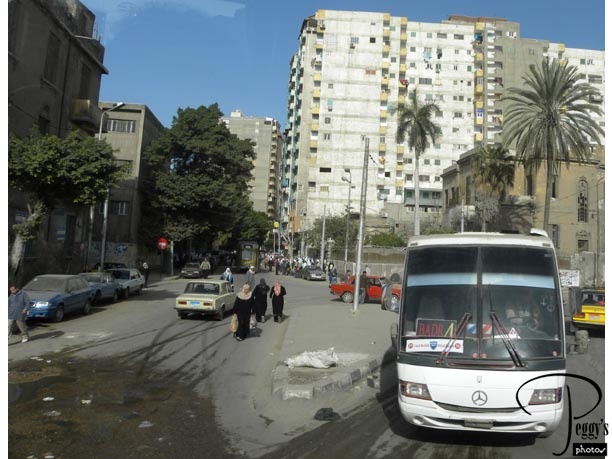
Farther along.

Alexandria
Alexandria
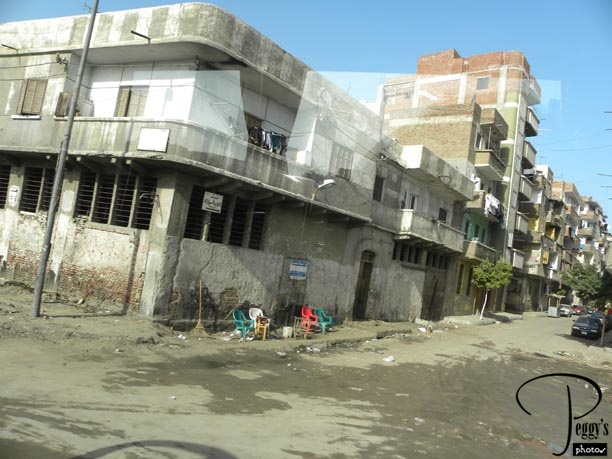
The modern area of Alexandria quickly turned into a slum area. We are where the Muslim Brotherhood is active––it provides food, jobs, medical care, etc., to this area’s residents, services that the government does not provide.

Alexandria
Alexandria
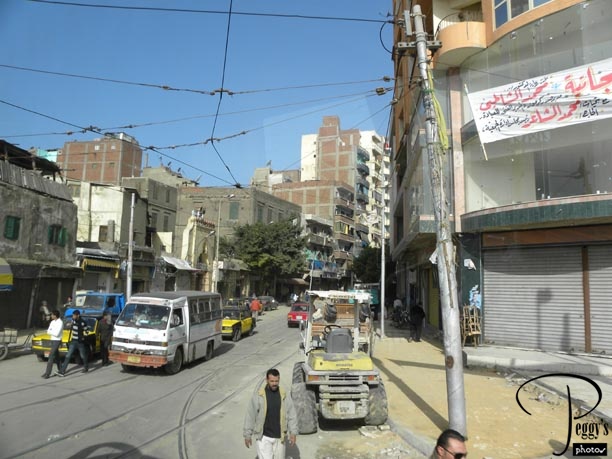
Farther along.

Alexandria
Alexandria
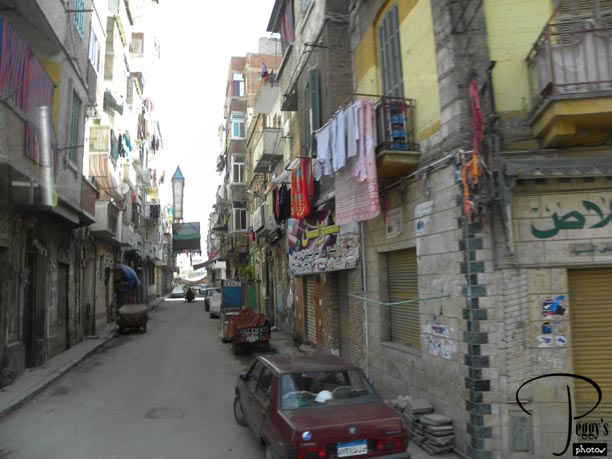
Farther along.

Alexandria
Alexandria
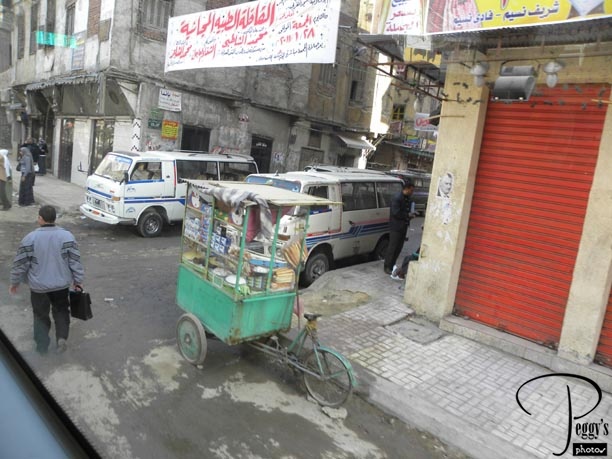
Still farther along.

Alexandria
Alexandria
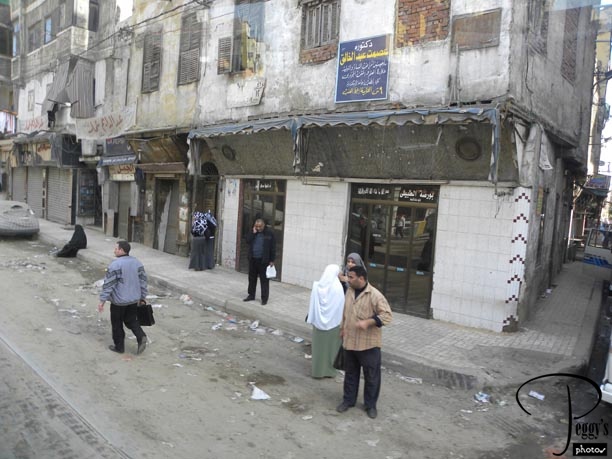
I saw this man carrying a briefcase stop to give money to the woman in black sitting on the curb.

Alexandria
Alexandria

Fruit and vegetable market.

Alexandria
Alexandria
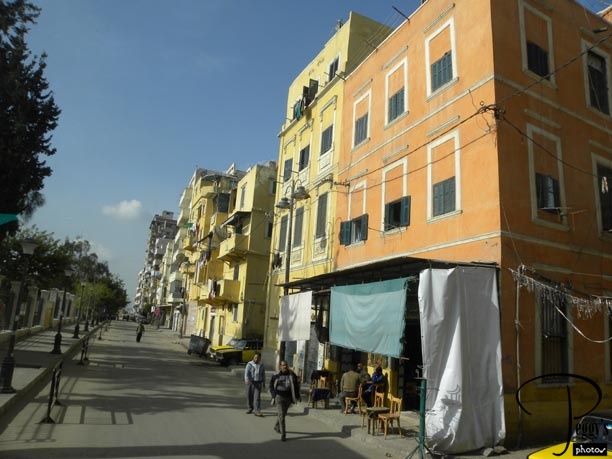
Becoming more upscale.

Alexandria
Alexandria
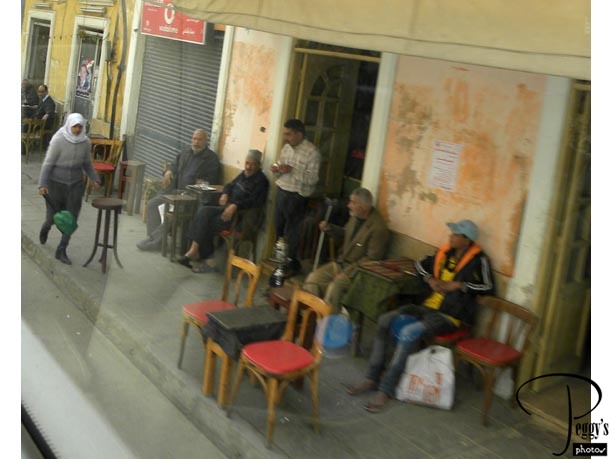
A male–only cafe. Watching the world go by.

Alexandria
Alexandria
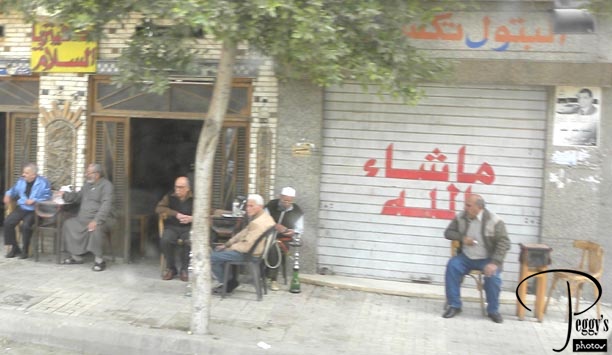
A male–only cafe for older men.

Alexandria
Catacombs of Kom ash-Shuqqafa
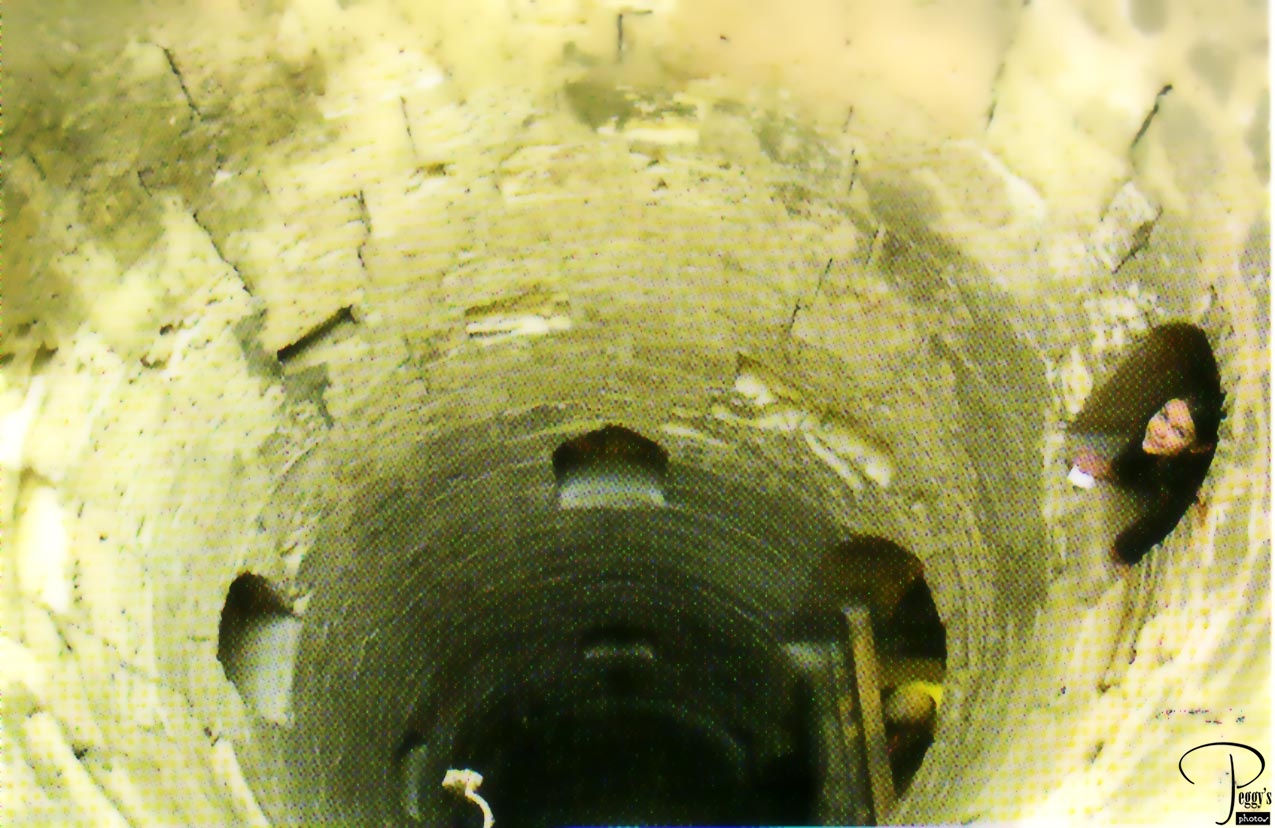
Our first stop in Alexandria was at the Catacombs of Kom ash–Shuqqafa. No photos were allowed so all my photos of this site have been scanned from postcards that I bought there. These catacombs are one of the Seven Wonders of the Medieval World. Built in the second–century BC as a tomb for a single wealthy family but with spaces for 300 deceased, it is the largest Greco–Roman necropolis (burial ground) in Egypt. The complex was built into a rock down to 115 feet in three levels. The catacombs were discovered in 1900 after a donkey disappeared underground. We visited the first two levels but the bottom level is underwater. We were the only tour group here, though a small one arrived later.
These catacombs are considered to be one of the Seven Wonders of the Medieval World because of the engineering involved in building the complex. The other six wonders are Stonehenge, the Colosseum, the Great Wall of China, the Porcelain Tower of Nanjing, the Hagia Sophia, and the Leaning Tower of Pisa. Before doing some research, I didn’t even know about these sites making this list. Right now, I am thrilled because I have seen six of the Seven Wonders, but with the Porcelain Tower of Nanjing no longer standing, I don’t have to rush off to China to complete seeing all on the list. But I think other travelers would make their own list up, including some of the above but adding others.
We entered the catacombs through what looked like an opening for a vertical cave with a plastic top covering it. We were able to look down into its shaft (photo). The deceased were lowered by ropes through the shaft.

Catacombs of Kom ash-Shuqqafa
Catacombs of Kom ash-Shuqqafa
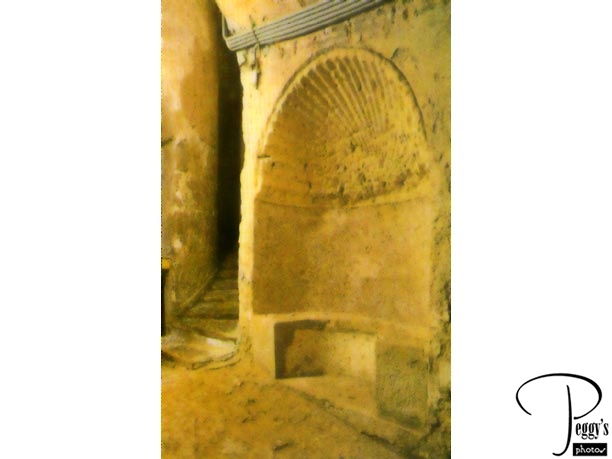
We climbed down the circular stairway (on the left of the photo) around the shaft. Right away, you knew this was great engineering as the steps were perfectly aligned for easy walking (though having Burt’s hand was welcome). We are now on the first level. The photo is of one of the niches that were fitted with sarcophagi.

Catacombs of Kom ash-Shuqqafa
Catacombs of Kom ash-Shuqqafa
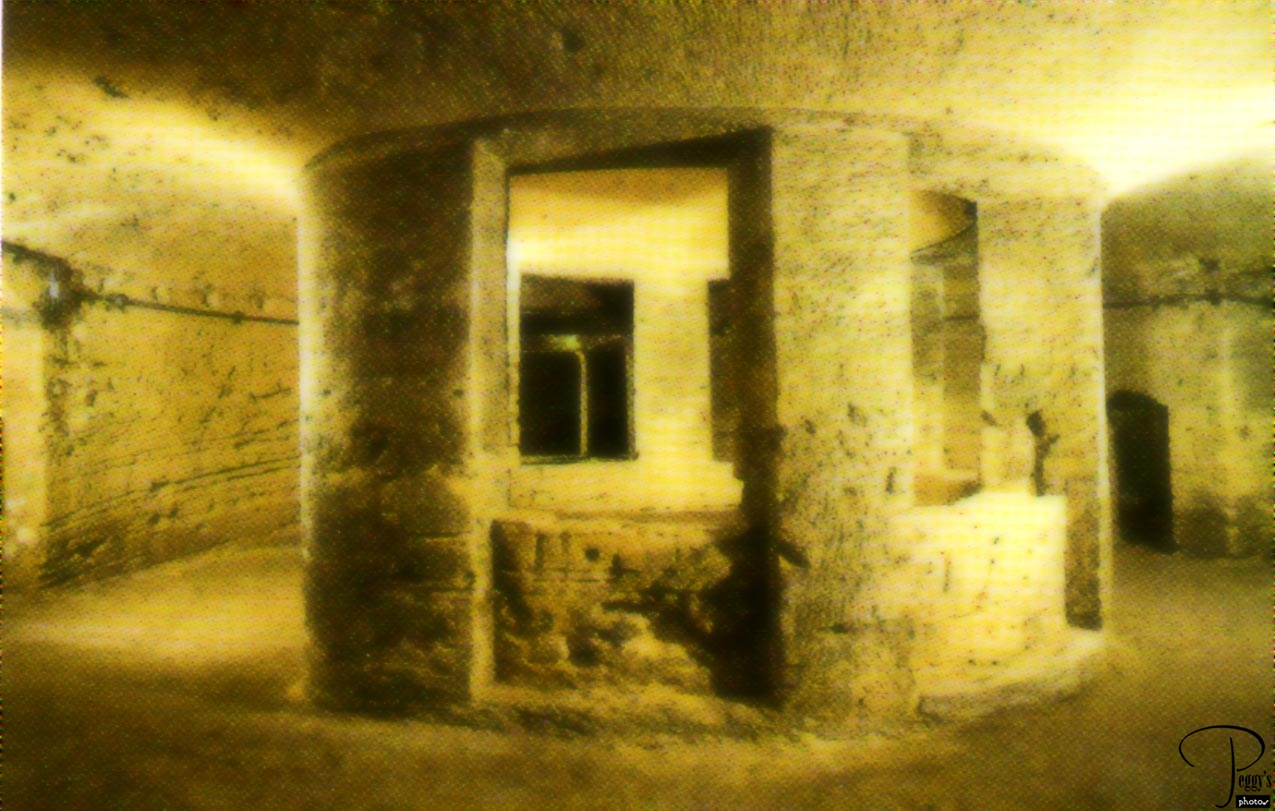
The rotunda on the first level. The bottom of the shaft would be here.

Catacombs of Kom ash-Shuqqafa
Catacombs of Kom ash-Shuqqafa
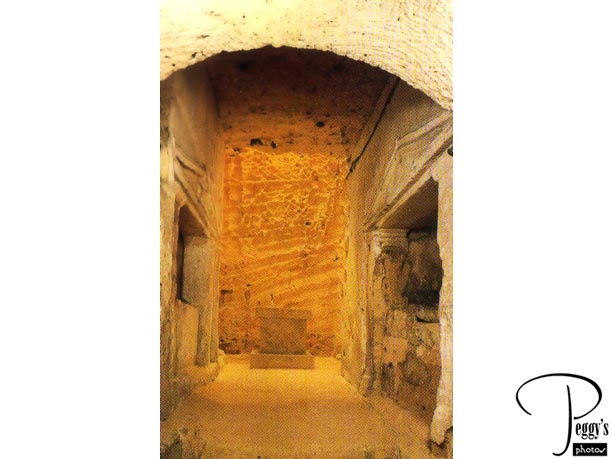
Caracalla’s Hall on the first level. Legend has it that this was a mass burial chamber for the humans and animals massacred by the Roman Emperor Caracalla (209–217 AD). There was also a banquet hall on the first level but it was not pictured in the postcard packet that I bought. Friends and relatives of the deceased gathered in it to pay their last respects by having a funeral feast. Tableware and wine jugs were found when the catacombs were excavated.

Catacombs of Kom ash-Shuqqafa
Catacombs of Kom ash-Shuqqafa
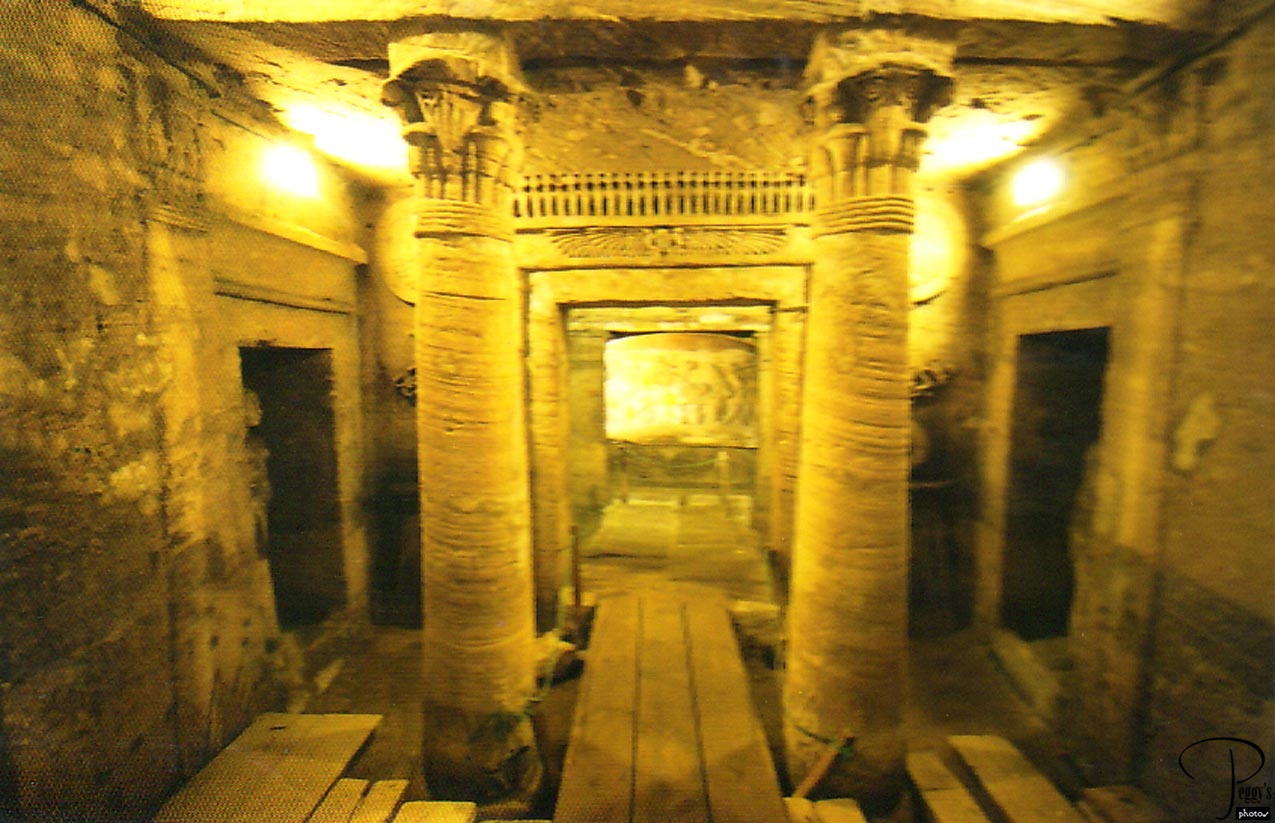
We climbed down to the second level. Photo: the main burial chamber. Note the wood planks on the floor. We had to walk on them to keep our feet above the water pooling on the floor.

Catacombs of Kom ash-Shuqqafa
Catacombs of Kom ash-Shuqqafa
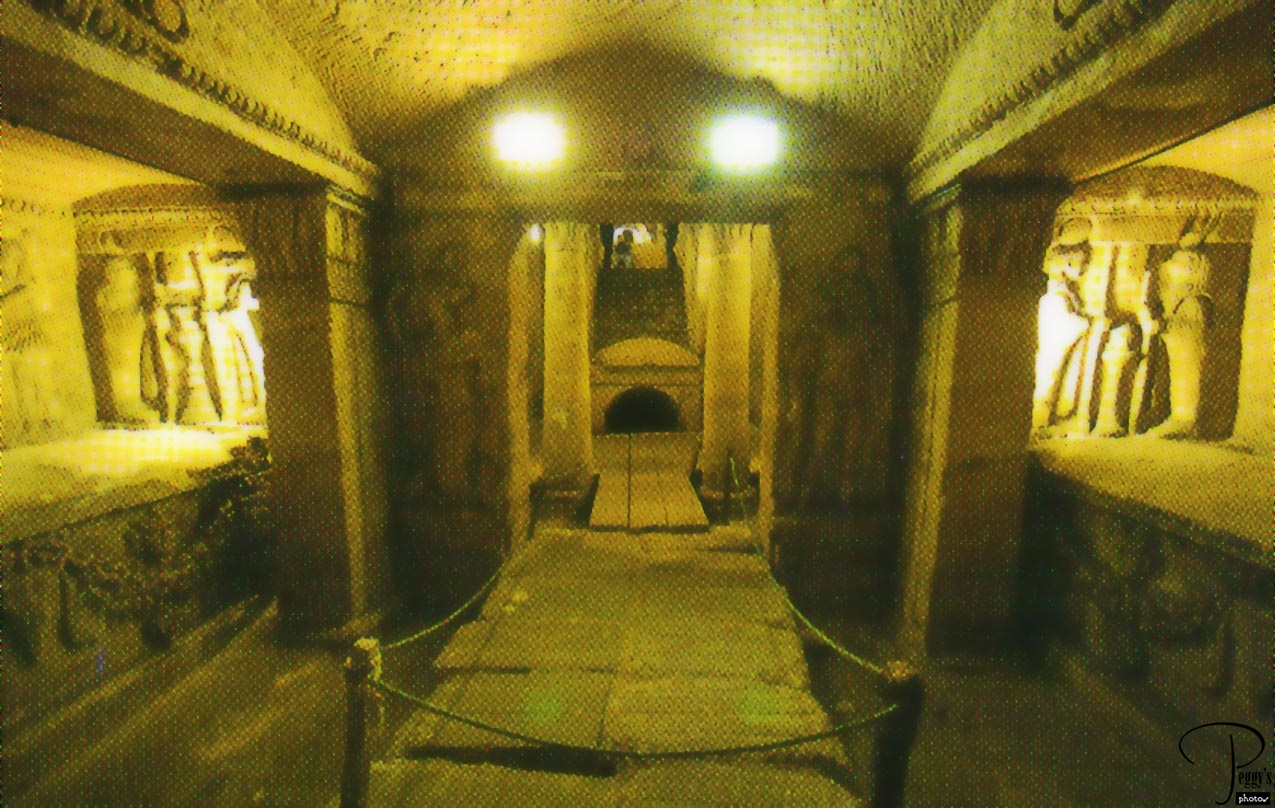
Also of the main burial chamber.

Catacombs of Kom ash-Shuqqafa
Catacombs of Kom ash-Shuqqafa
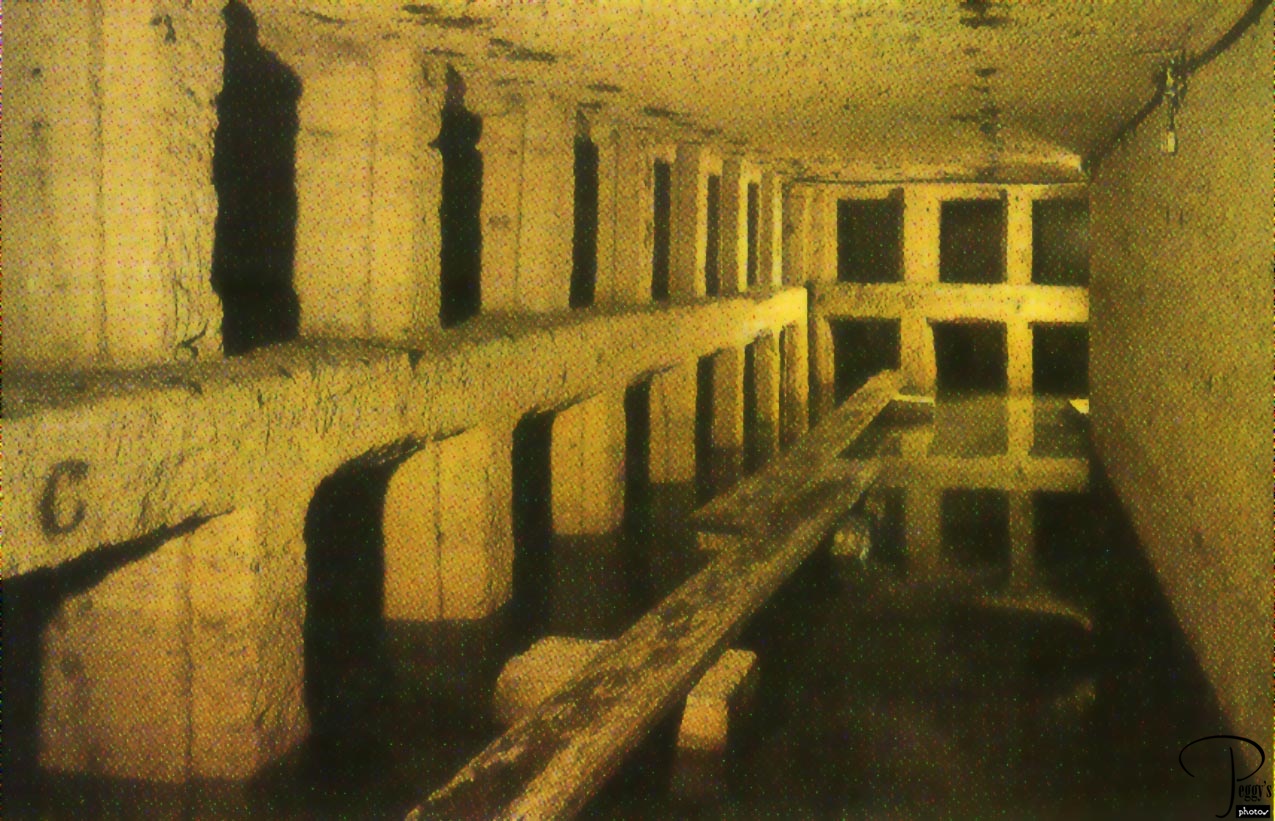
On the second level, 300 loculi––small chambers for bodies.

Catacombs of Kom ash-Shuqqafa
Catacombs of Kom ash-Shuqqafa
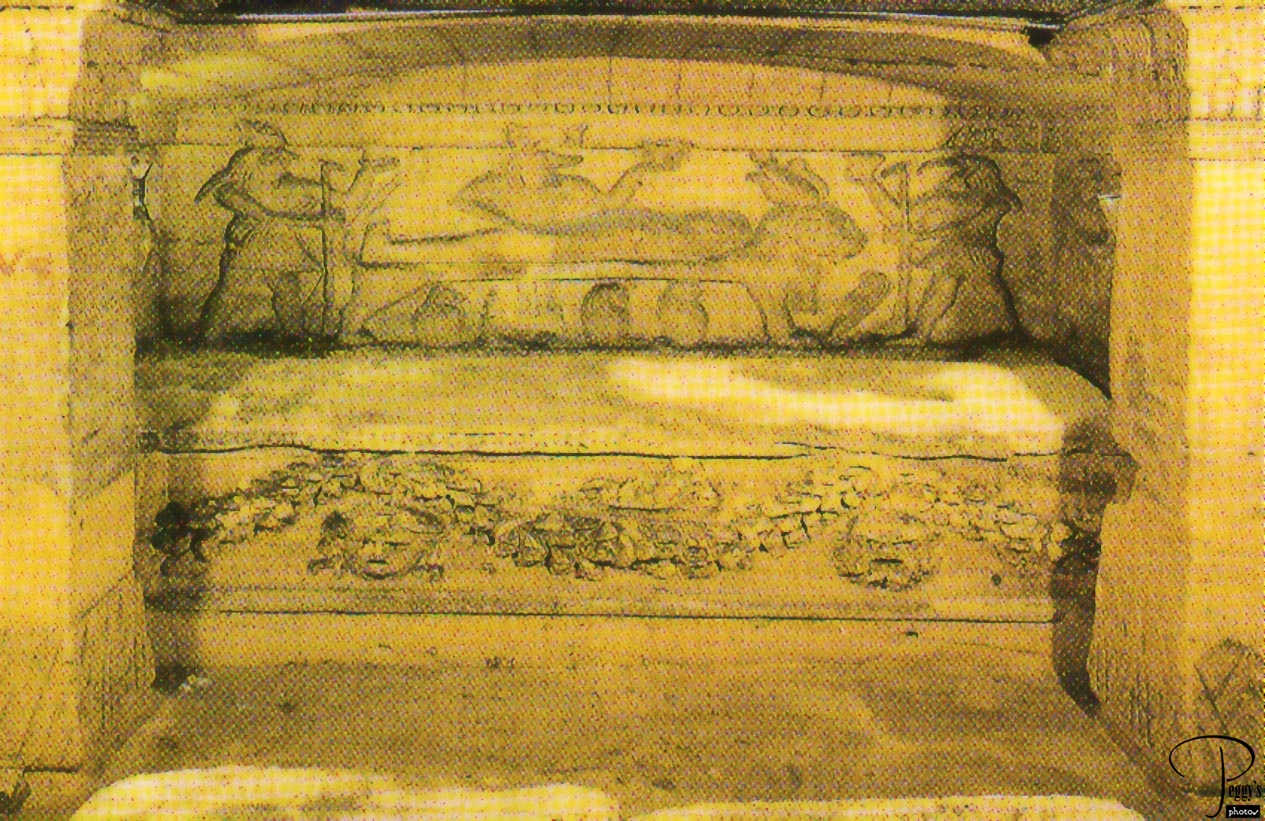
A sacrophagus.

Catacombs of Kom ash-Shuqqafa
Catacombs of Kom ash-Shuqqafa
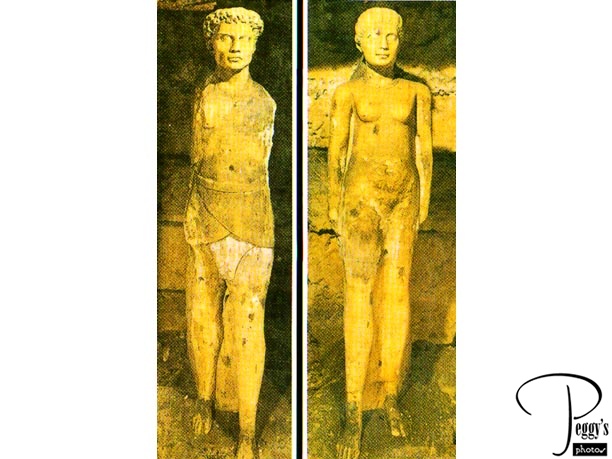
Statues in the catacombs. These do not look like Egyptian figures. There are elements of Greco, Roman, and Egyptian figures and designs here, some mixed together.

Catacombs of Kom ash-Shuqqafa
Catacombs of Kom ash-Shuqqafa
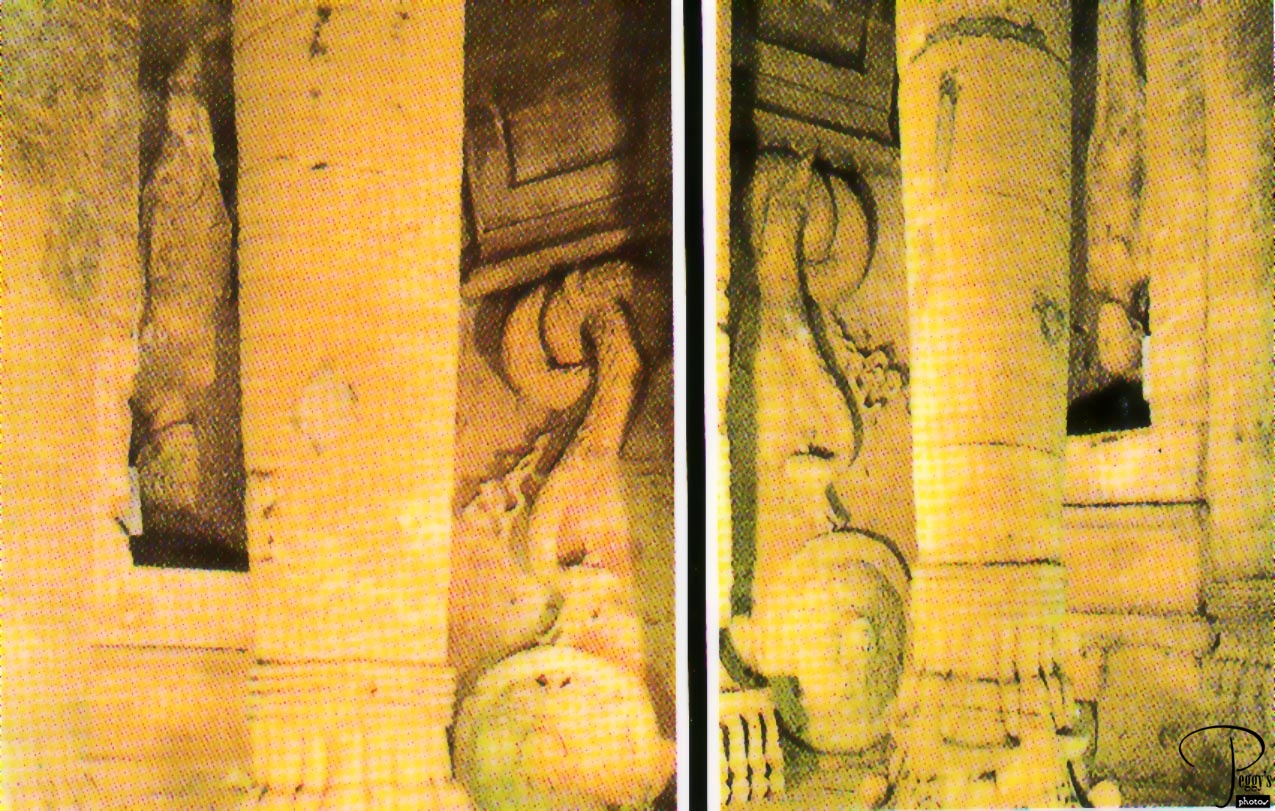
Carvings on the walls.

Catacombs of Kom ash-Shuqqafa
Catacombs of Kom ash-Shuqqafa

More wall carvings.

Catacombs of Kom ash-Shuqqafa
Catacombs of Kom ash-Shuqqafa
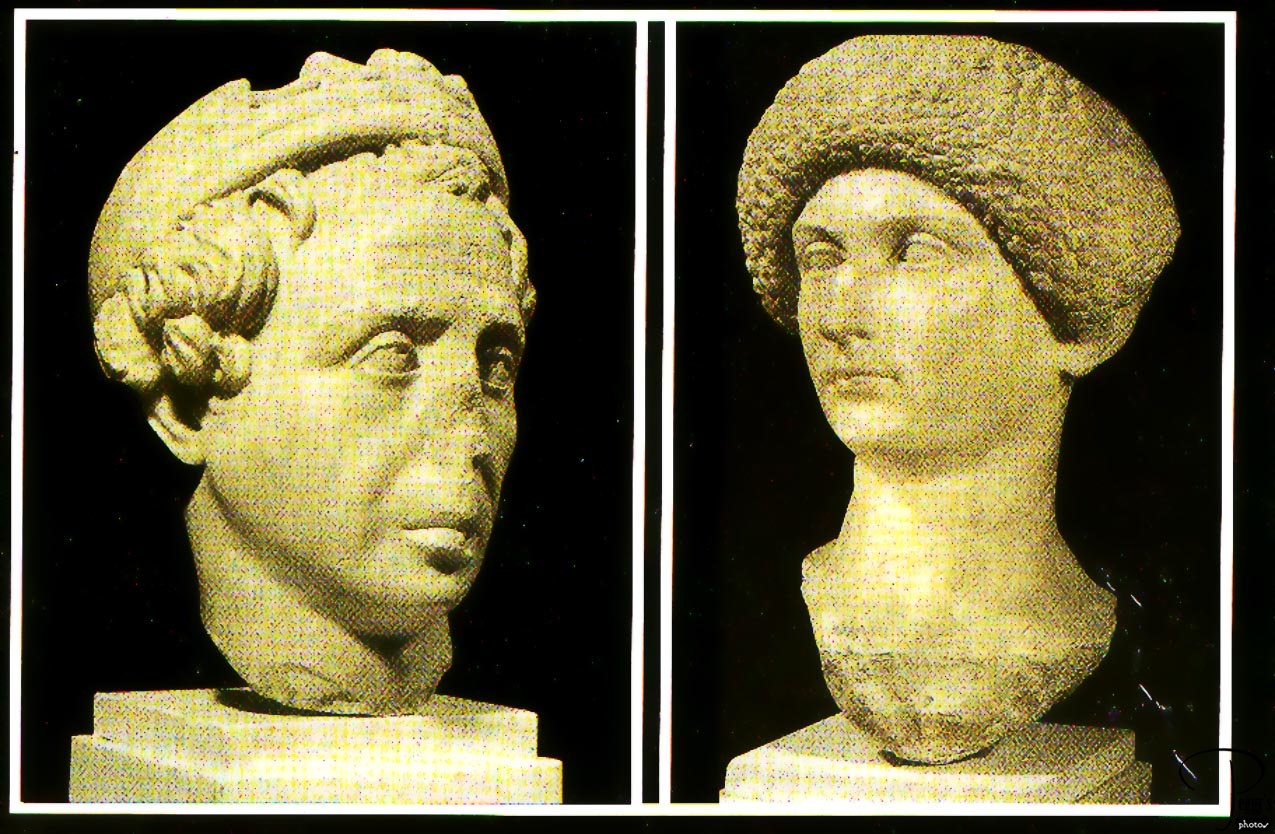
On the left, a statue of the tomb’s owner; on the right, his wife.

Catacombs of Kom ash-Shuqqafa
Pompey’s Pillar
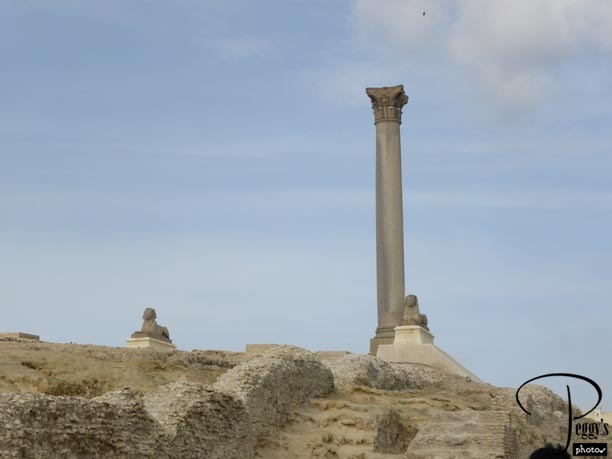
I am not exactly sure that we visited Pompey’s Pillar as our next site because we also visited a museum this morning where photos were not allowed. I keep track of where we went by my photos, and in this case, no photos to give me a hint.
Pompey’s Pillar is what little is left of the Temple of Serapis which was built in the 3rd century BC as a temple to the Egyptian deity Serapis. However, in 391 AD, the Christian bishops of Alexandria, Theodosius, in his war against paganism, encouraged the Christians to destroy the temple.
Pompey’s Pillar was erected around 297 AD in tribute to the Roman Emperor Diocletian. It name Pompey’s Pillar was probably given by medieval travelers who thought the Roman general Pompey, who was murdered in Egypt in 48 BC, was buried here. The pillar is 89 feet tall and is made of red Aswan granite. On its base, on a side I didn’t take a photo of, is written in Greek: “To the most just of emperors, the divine protector of Alexandria, Diocletian the invincible: Potumus, prefect of Egypt.”

Pompey’s Pillar
Pompey’s Pillar
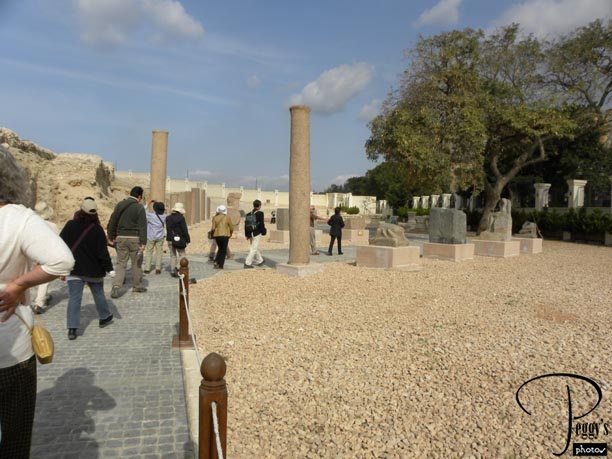
We took a walk around the site to look at items that had been excavated.

Pompey’s Pillar
Pompey’s Pillar
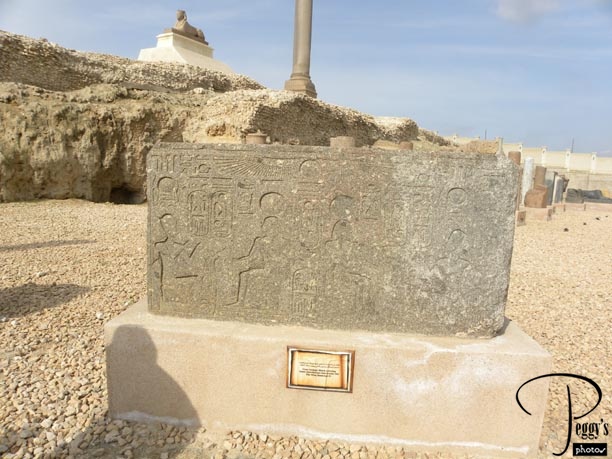
A gray granite block carrying a description and scenes for the King Ramses II.

Pompey’s Pillar
Pompey’s Pillar
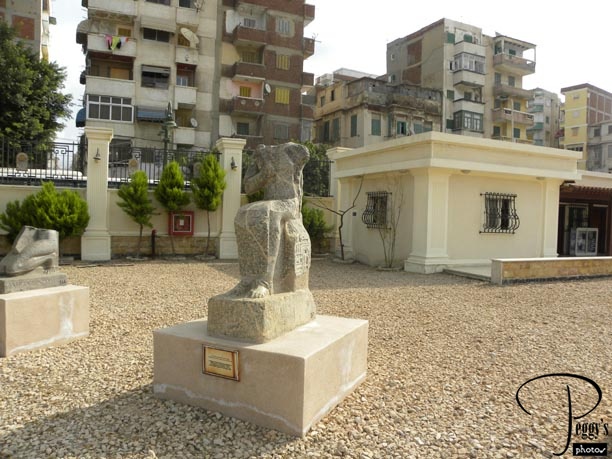
A headless King Ramses II.

Pompey’s Pillar
Pompey’s Pillar
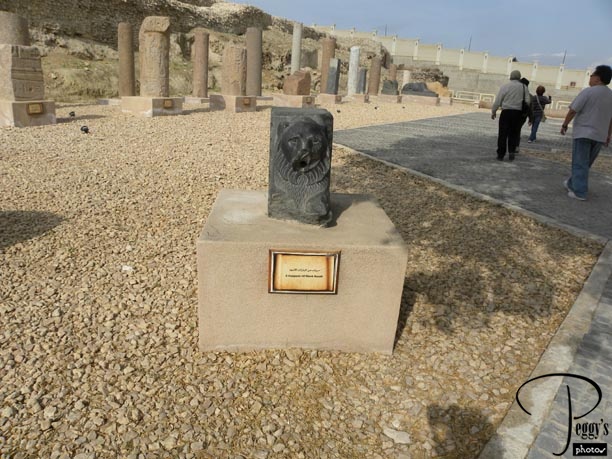
A black basalt gargoyle.

Pompey’s Pillar
Pompey’s Pillar
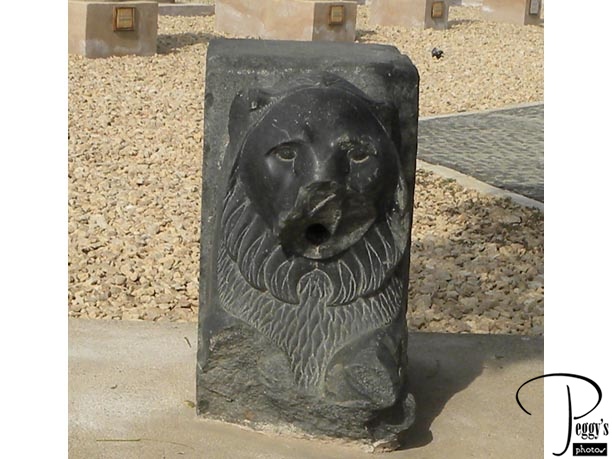
Close–up of the cute gargoyle.

Pompey’s Pillar
Pompey’s Pillar
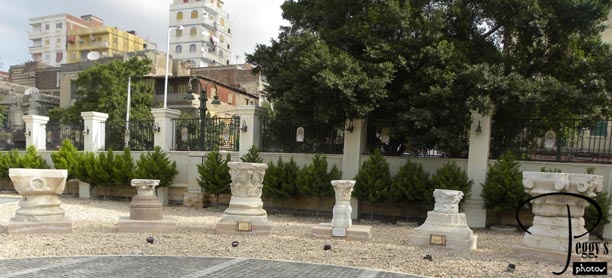
Various vessels.

Pompey’s Pillar
Pompey’s Pillar
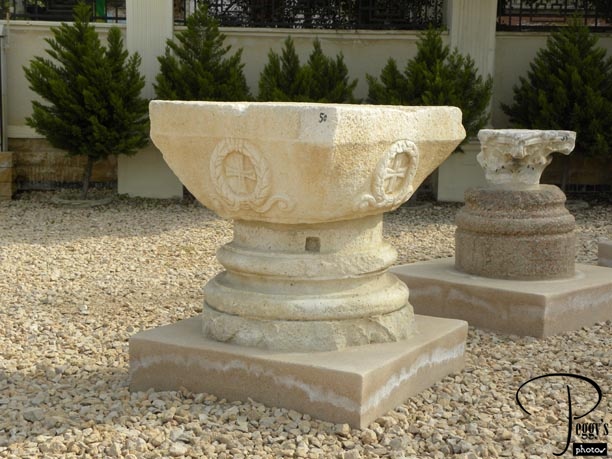
A vessel from the Christian era.

Pompey’s Pillar
Pompey’s Pillar
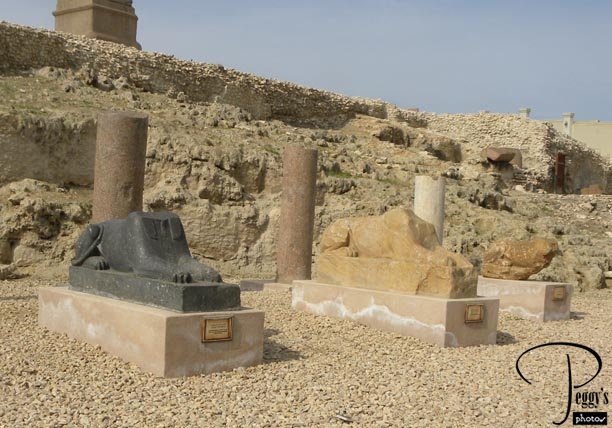
Headless sphinxes.

Pompey’s Pillar
Pompey’s Pillar
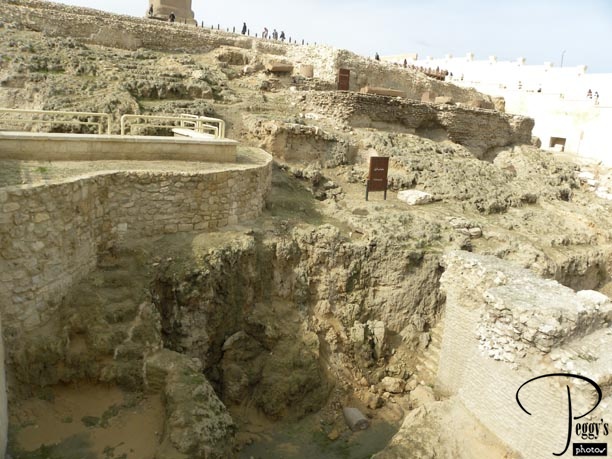
A Nilometer, which was a structure for measuring the water level of the Nile River during its annual flooding.

Pompey’s Pillar
Pompey’s Pillar
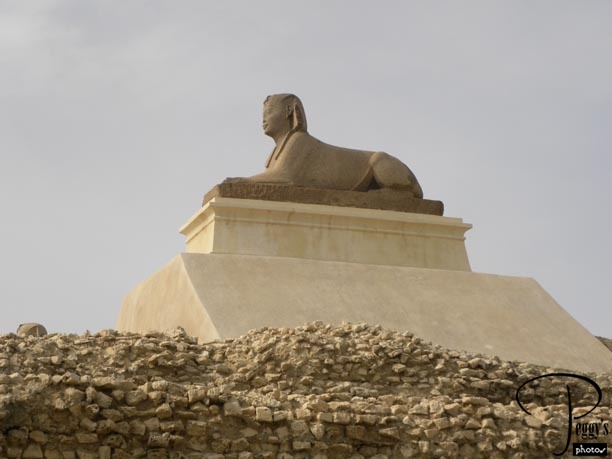
One of spinx on a side of the pillar.

Pompey’s Pillar
Pompey’s Pillar
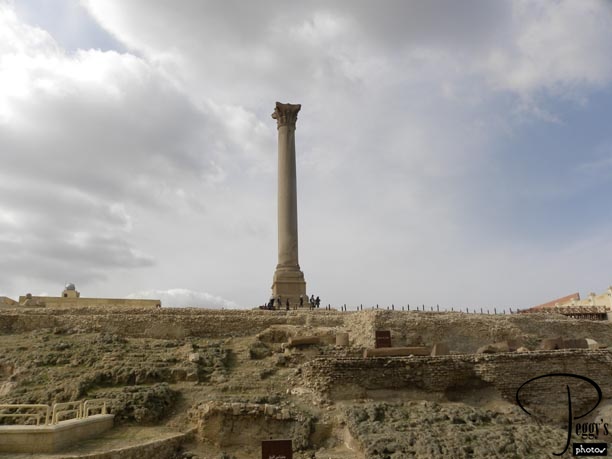
Another view of Pompey’s Pillar.

Pompey’s Pillar
Pompey’s Pillar
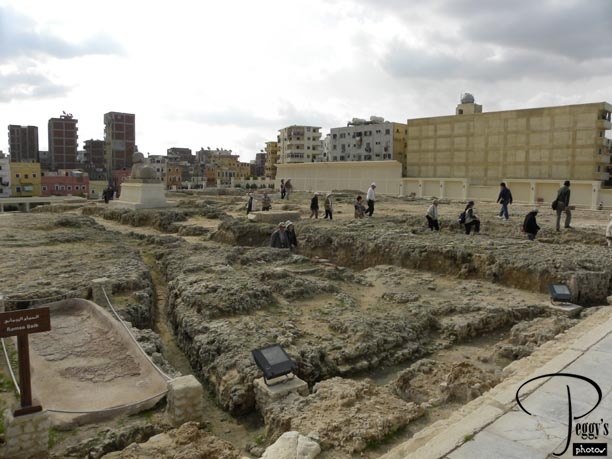
Up on top. Excavations are still ongoing.

Pompey’s Pillar
Pompey’s Pillar
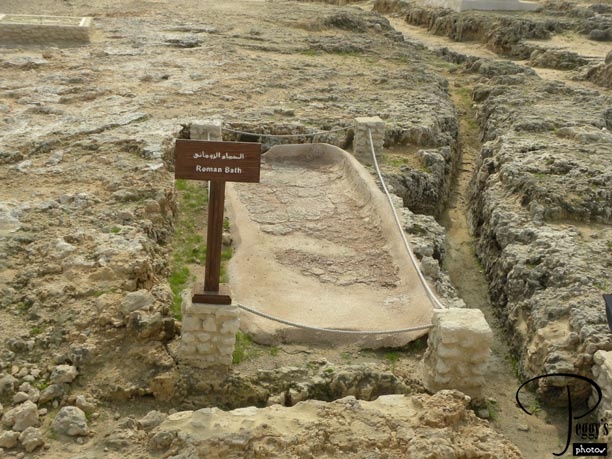
A Roman bath. There was a heating system to heat the bath water.

Pompey’s Pillar
Pompey’s Pillar
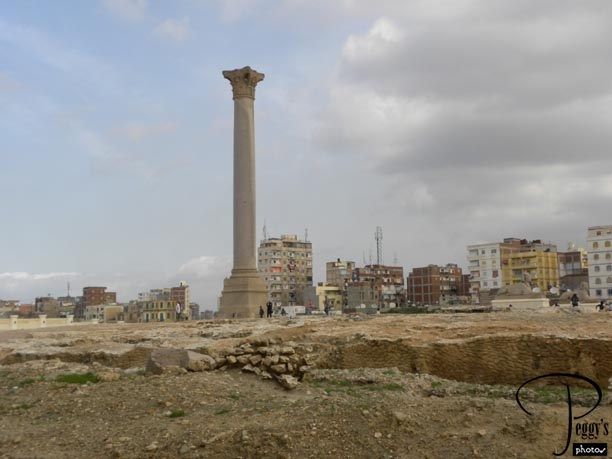
Another view.

Pompey’s Pillar
Pompey’s Pillar
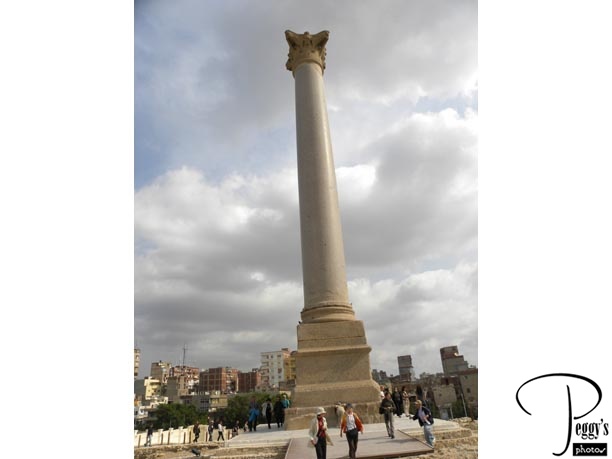
A close–up view.

Pompey’s Pillar
Pompey’s Pillar
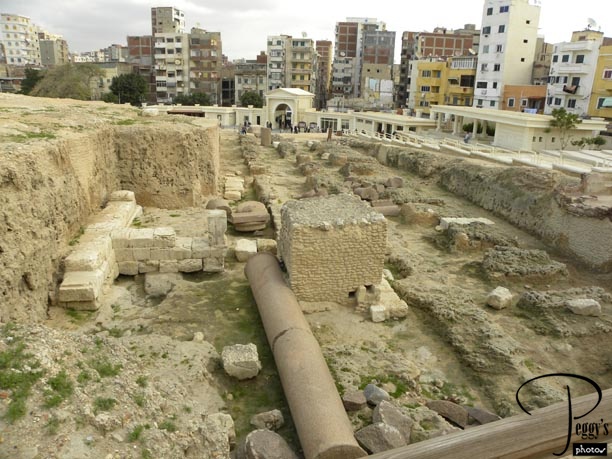
More of the excavation. I had an interesting experience at one of the stores in the white building with the pillars on the right of the photo. I went into one of the three stores here and saw a refrigerator magnet that I wanted to buy. But where was the salesperson? Wasn’t someone supposed to be hassling me? I actually had to go outside the store and track down the vendor so I could make my purchase. There is always a first of something in Egypt. Another of my tourmates had a similar experience here.

Pompey’s Pillar
Pompey’s Pillar
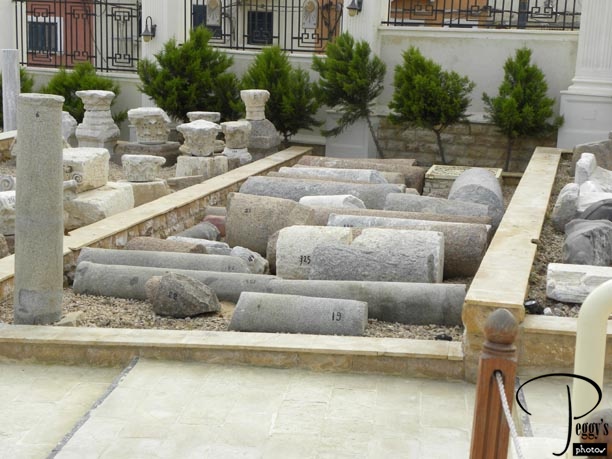
More items that have been excavated from the Temple of Serapis.

Pompey’s Pillar
Pompey’s Pillar
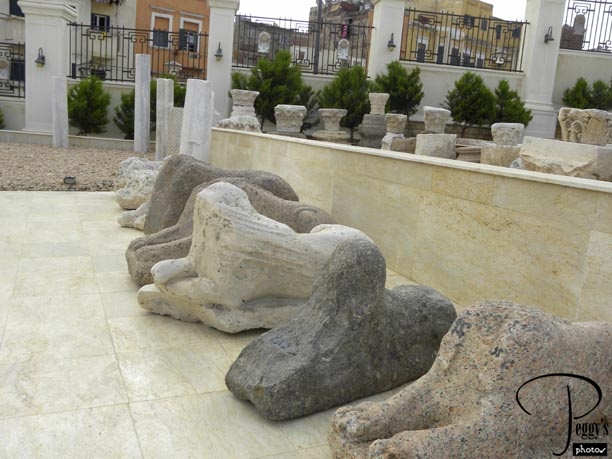
A row of headless sphinxes.

Pompey’s Pillar
Pompey’s Pillar
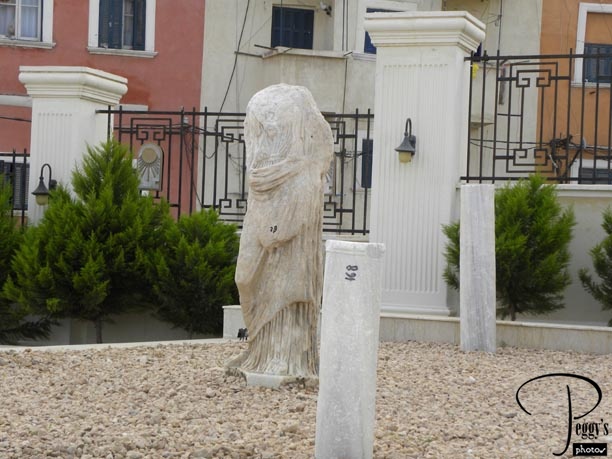
A Greco–Roman statue.

Pompey’s Pillar
Pompey’s Pillar
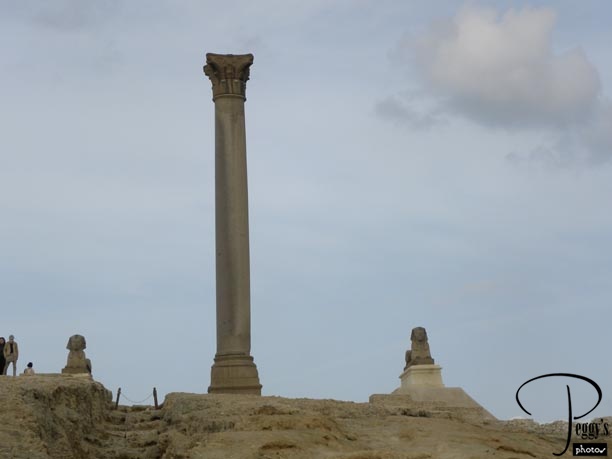
A view of Pompey’s Pillar with a sphinx on either side of it.

Pompey’s Pillar
Pompey’s Pillar
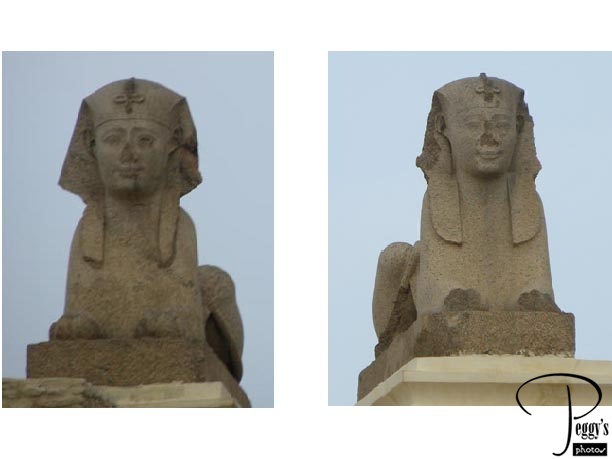
Close–up of the sphinxes on the respective sides of Pompey’s Pillar.

Pompey’s Pillar
Driving to the National Museum of Alexandria
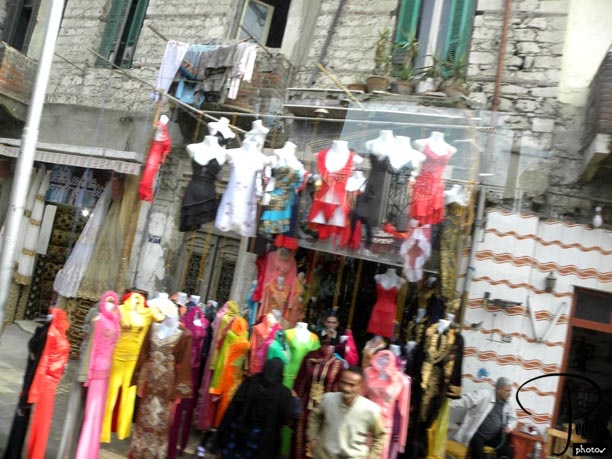
You’ll see vendors selling one type of item on a street. Here they are selling clothing. If you wondered what is worn under Islamic clothes, here it is.

Driving to the National Museum of Alexandria
Driving to the National Museum of Alexandria
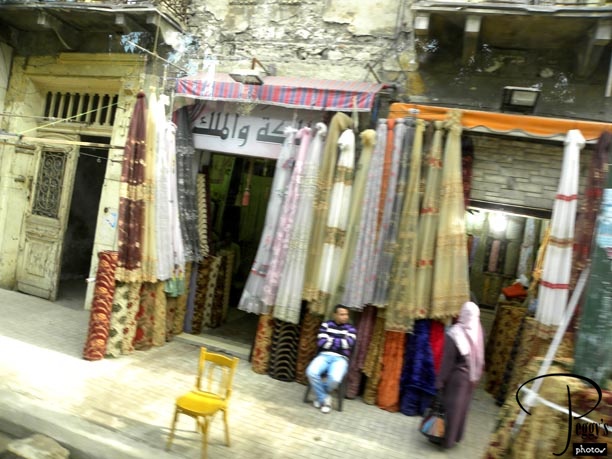
Dress material.

Driving to the National Museum of Alexandria
Driving to the National Museum of Alexandria
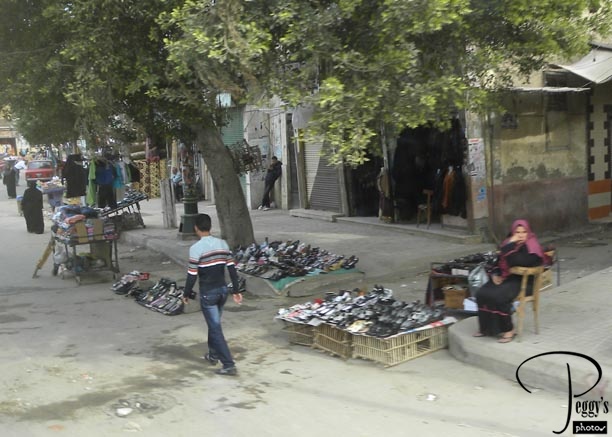
There was a very disturbing article in the Los Angeles Times about Egyptian policemen collecting bribes from sidewalk sellers such as this vendor here. I doubt that she makes much money selling her wares.

Driving to the National Museum of Alexandria
Driving to the National Museum of Alexandria
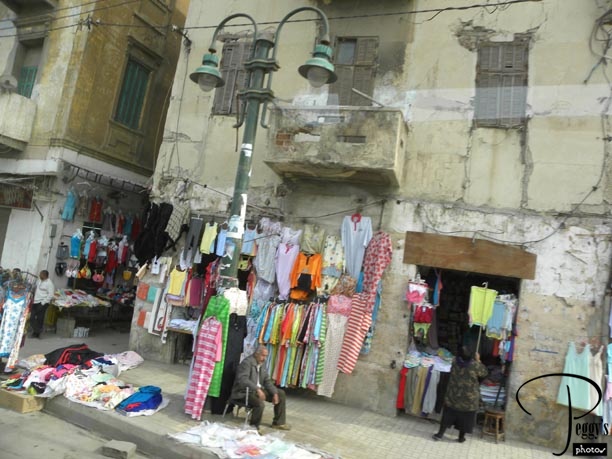
More clothes for sale. Amro told us that China is the manufacturer of this clothing.

Driving to the National Museum of Alexandria
Driving to the National Museum of Alexandria
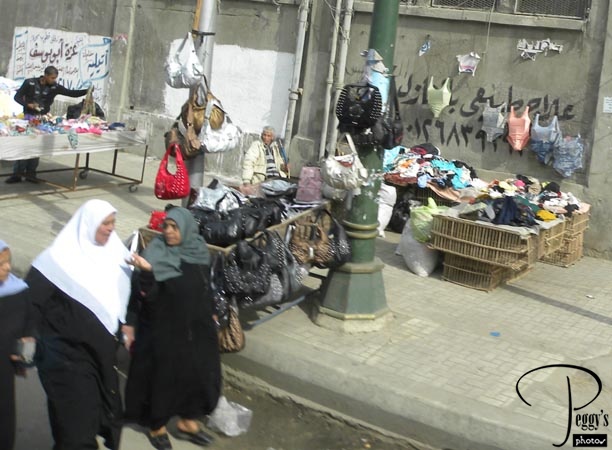
Undergarmets hanging up near the wall.

Driving to the National Museum of Alexandria
Driving to the National Museum of Alexandria
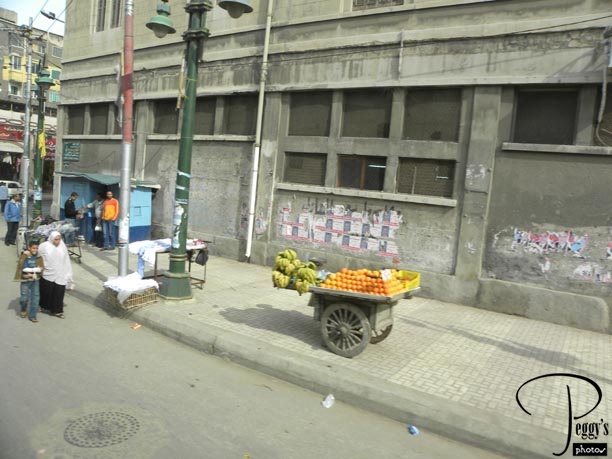
A lonely fruit cart.

Driving to the National Museum of Alexandria
Driving to the National Museum of Alexandria
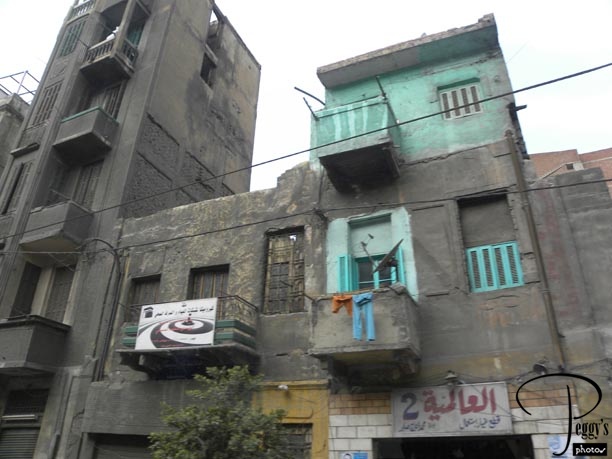
A colorful building.

Driving to the National Museum of Alexandria
Driving to the National Museum of Alexandria
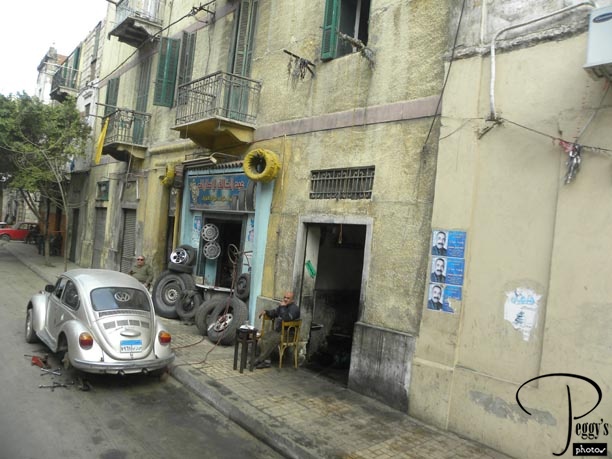
The car repair street, with vendors sending car parts. Some of the stores had huge inventories of used parts.

Driving to the National Museum of Alexandria
Driving to the National Museum of Alexandria
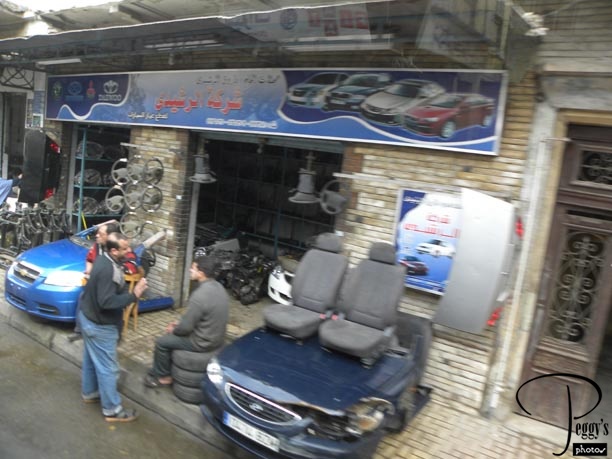
A store selling car seats and hubcaps.

Driving to the National Museum of Alexandria
Driving to the National Museum of Alexandria
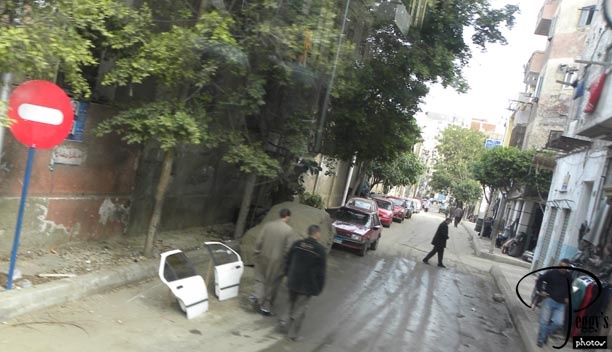
Are those car doors on the street there for advertisement?

Driving to the National Museum of Alexandria
Riot Police Lining Up
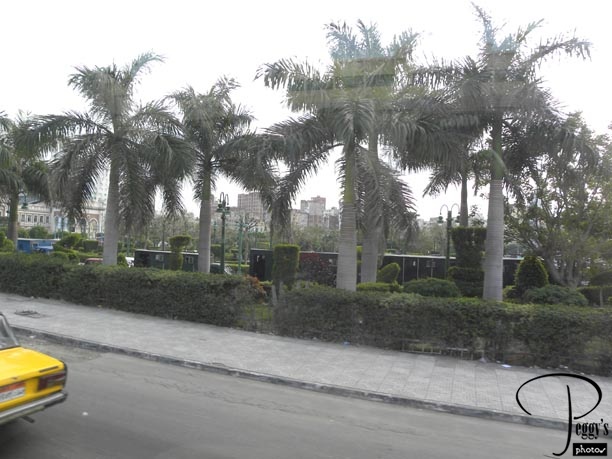
Our first sighting today of the riot police lining up before today’s protests in Alexandria.

Riot Police Lining Up
The National Museum of Alexandria
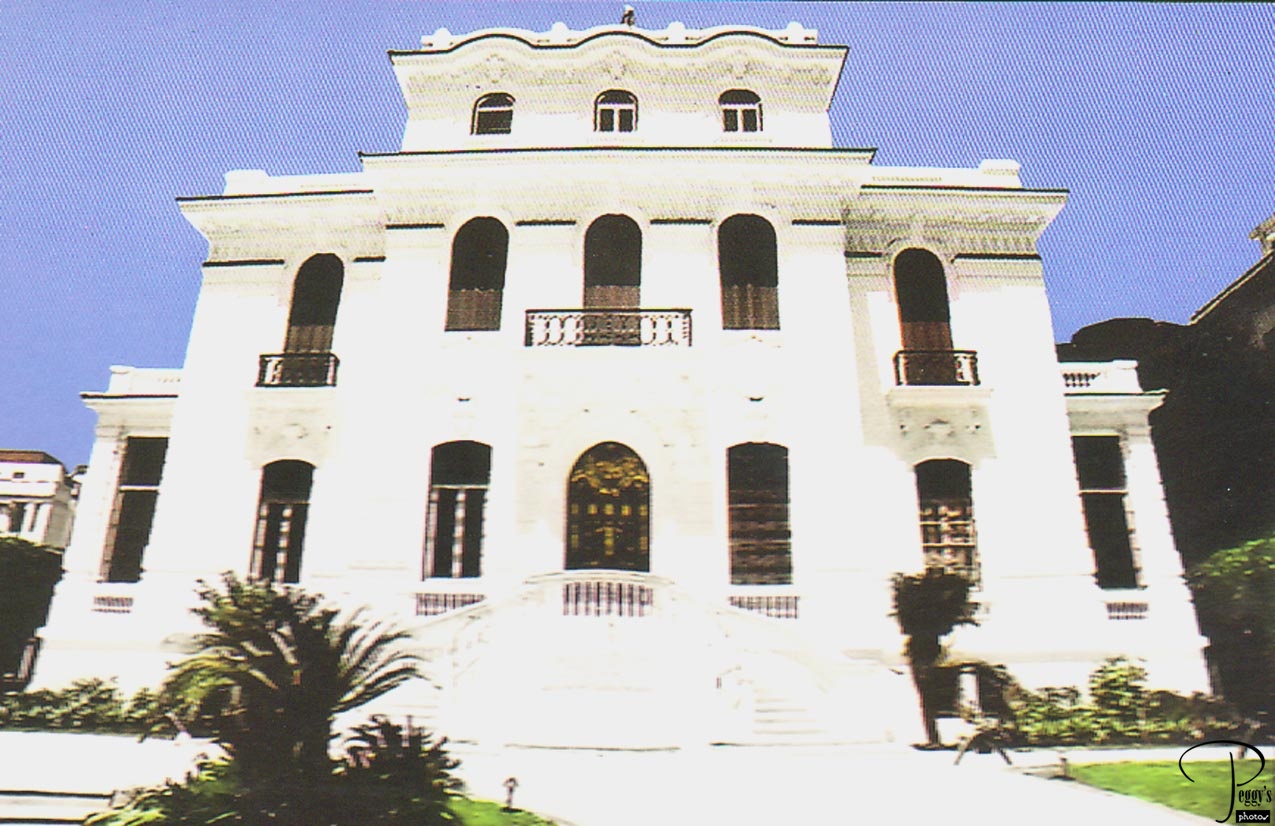
The National Museum of Alexandria is located in this beautiful, ornate Italianate 1929 building. There are over 1,800 artifacts in the museum, most of them having been excavated in or around Alexandria. No photos were allowed, so my three museum photos have been scanned from a postcard packet I bought at it. However, the postcards depicting items in the museum are very poor considering the many interesting items we saw in it.

The National Museum of Alexandria
The National Museum of Alexandria
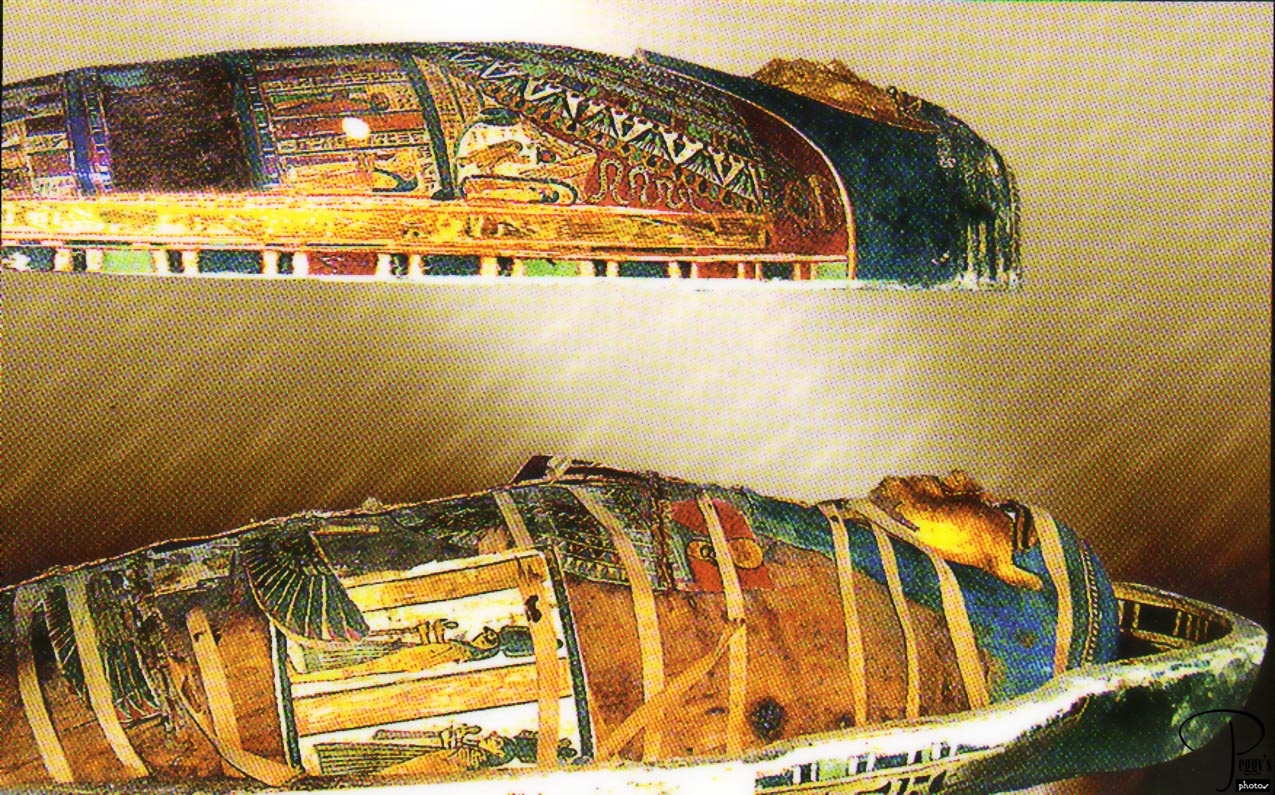
There is a mummy in the casket. Actually, a double casket––often there would be an outer casket plus an inner casket.

The National Museum of Alexandria
The National Museum of Alexandria
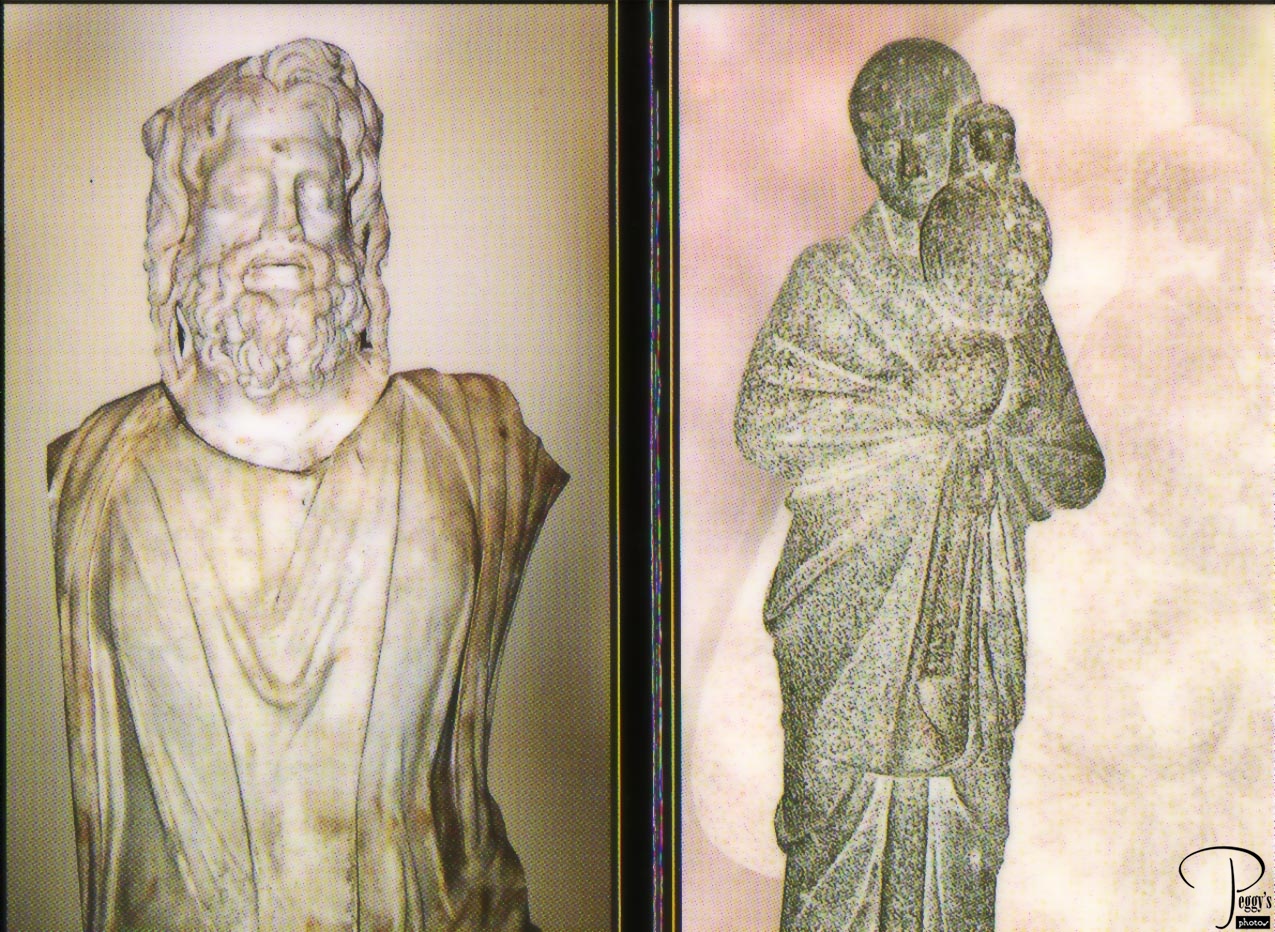
On the left: A marble statue of the god Serapis; on the right: a black granite statue of an Egyptian lady wearing a Greek tunic.
We next visited the Roman amphitheater (next album).
